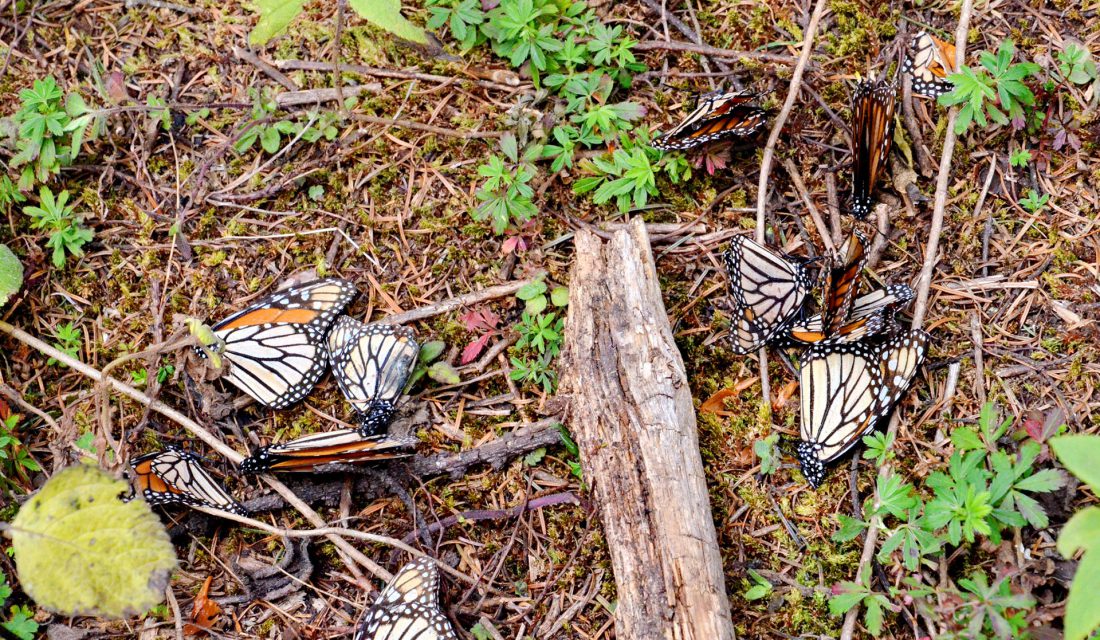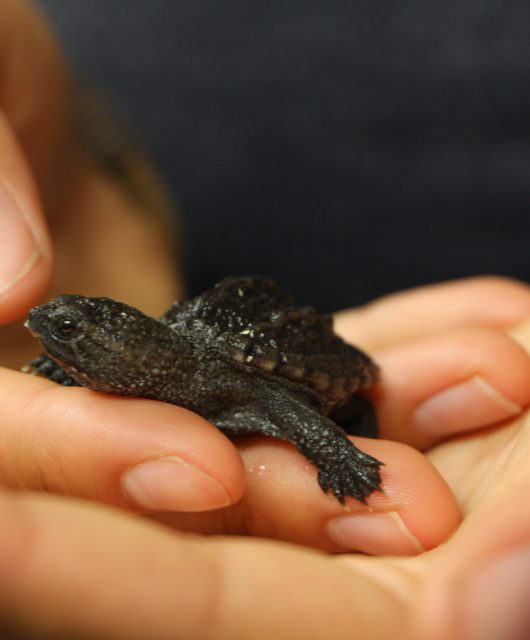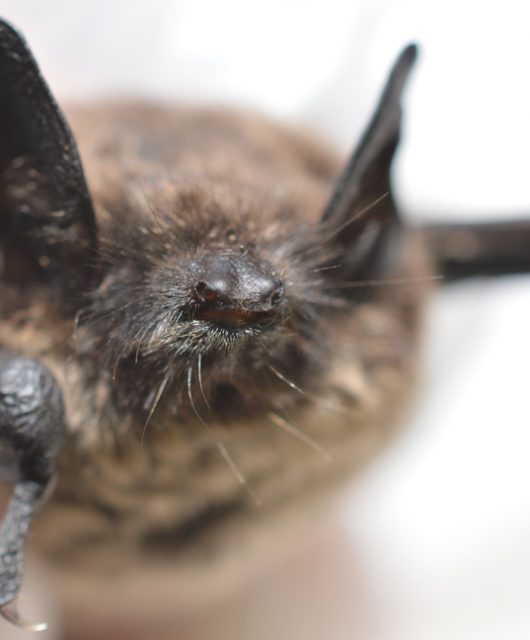Have you spotted one of these Endangered species yet?
In early May, we received the first report of a Monarch Butterfly migrating back into southern Ontario. The listing was made through an observer on the Journey North web tracker. The following notations were recorded on May 2, 2021:
“We have a pretty incredibly early Monarch (female) at Cactus Field in Point Pelee (Ontario). Very worn and feeding on Red Dead Nettles. 18°c, mostly sunny at approximately 11:30 am. The area had very strong 40km SW wind/50-60km gusts from day prior into today.”
This is indeed a very early Monarch sighting. We searched back through iNaturalist.ca for the earliest records of Monarch sightings we have on record. The earliest so far was May 6, 2000, for Norfolk county.

Why So Early?
One could make a bunch of hypothesis on why this Monarch female had arrived so early:
- Strong winds pushing her along
- There were good nectar resources in the Southwest
- Warm temperatures
- No storms to slow her down
These are educated guesses; we really don’t know for sure if any of these factors are the reason. Monarch migration factors are so elusive.
A Springtime Buffet

One thing is for sure; this early arrival highlights the need for spring flower resources. When planning pollinator habitat projects, I have found that the hardest season to provide for pollinators is the spring. We know many pollinators like the early blooms of maple, willow or dandelions. But Monarchs have long tongues which they use to collect nectar.
Many of our native flower species are just getting going in early May, and even the spring flowers may have not even bloomed yet. Their required host for laying their eggs is the milkweed. In southern Ontario Common Milkweed is about six inches tall. In Central Ontario, milkweed has not emerged yet.
This highlights the need for areas where habitat remains and is not mowed or cleared since the fall of last year.
 As the observer noted, this faded female is in a declining state. The clock is ticking for her to find a suitable milkweed to lay her eggs before she dies.
As the observer noted, this faded female is in a declining state. The clock is ticking for her to find a suitable milkweed to lay her eggs before she dies.
So while it is exciting to see a Monarch return so early, it is also worrisome that she might not complete her life cycle and lay her eggs. We will never know. But what we can do is restore native meadow habitat that includes spring nectar sources for Monarch. Some examples are Common Beardtongue (Penstemon digitalis) and Common Milkweed.




